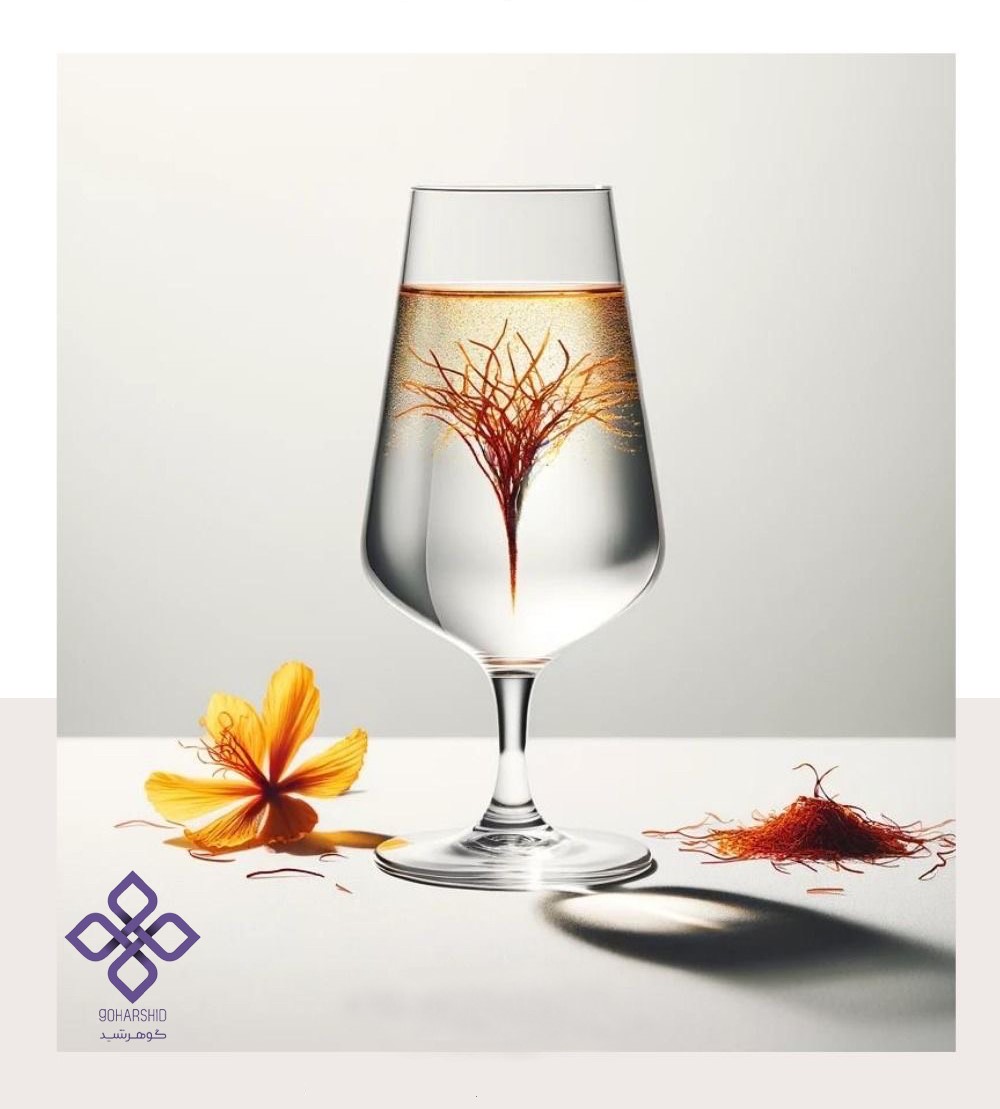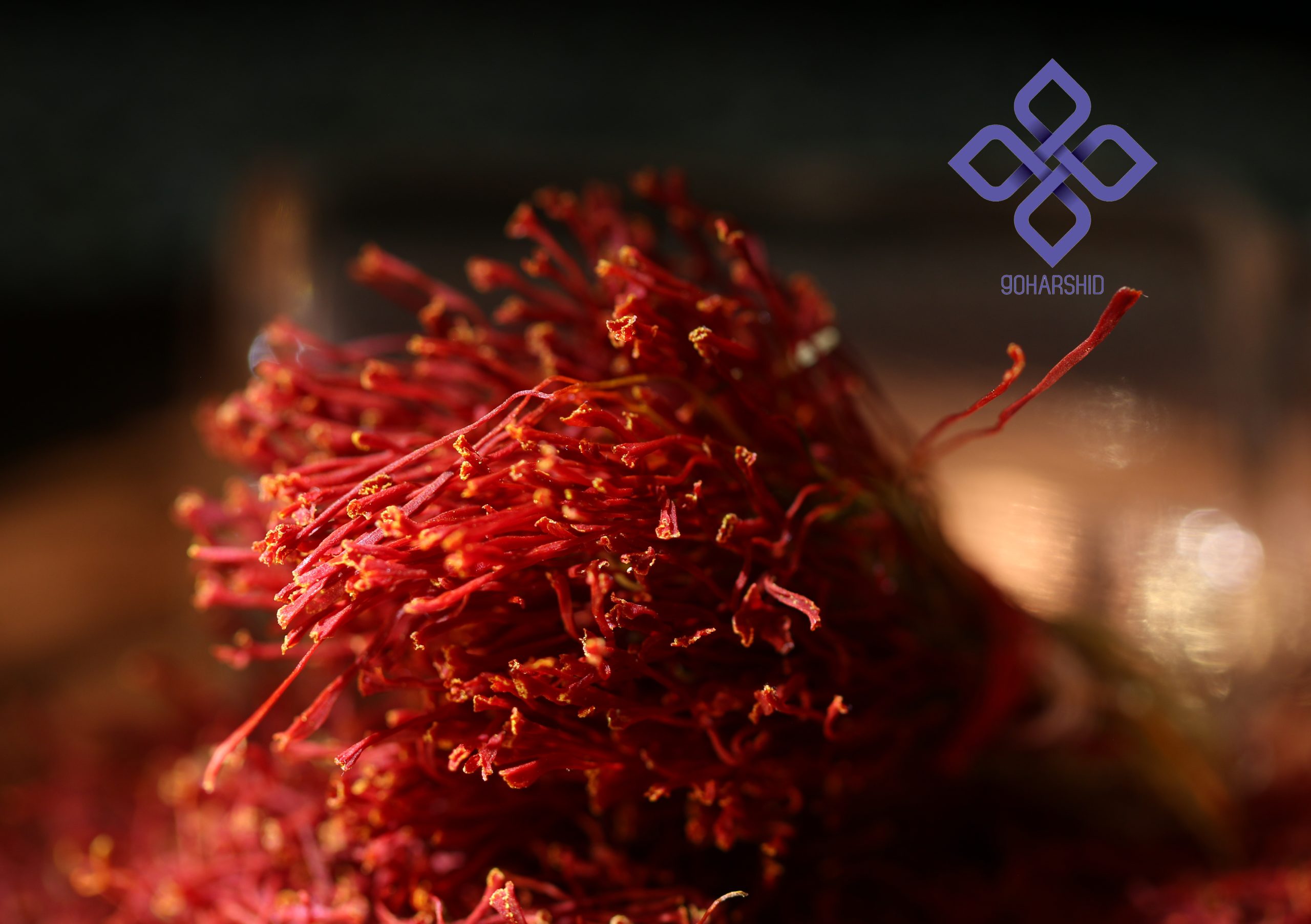
History of Saffron
Saffron (Crocus sativus) is a valuable spice obtained from the dried stigmas of the saffron plant. Renowned for its vibrant golden-yellow hue and distinctive fragrance, saffron is extensively utilized in culinary applications, as well as in the pharmaceutical and cosmetic industries. Recent studies have shown that saffron serves not only as a remarkable flavor enhancer but also offers a range of medicinal benefits, proving effective in addressing various health issues.
Goharshid Sanat Naghshe Jahan Company
History of Saffron
1. Origins of Saffron
Saffron was initially cultivated in a region encompassing Iran, Greece, and Central Asia. Historical documentation and archaeological discoveries suggest its application in ancient Egypt, Greece, and Rome over 3000 years ago, where it played a role in religious ceremonies and served as a medicinal herb.
2. Saffron in Ancient Civilizations
-
Ancient Egypt: Saffron was employed in religious ceremonies and as a beauty product for queens and aristocrats.
-
Ancient Greece: Greek poets, including Homer, referenced saffron for its medicinal properties and its use in dyeing fabrics.
-
Persia (Iran): Iran continues to be the leading producer and exporter of saffron, with records indicating its use dating back to the Achaemenid period.
Botanical Characteristics of Saffron
Saffron is classified under the "Iridaceae" family and the "Crocus" genus. Each saffron flower yields three red stigmas, which are harvested and dried to create the spice. Approximately 150,000 flowers are needed to produce a single kilogram of saffron, making it one of the priciest spices globally.
1. Growing Conditions
Saffron flourishes in semi-arid climates with plenty of sunlight. The primary saffron-producing countries include Iran, India, Spain, and Afghanistan.
2. Harvesting Saffron
The process of harvesting saffron is highly labor-intensive. Flowers are collected in the early morning when they are fully open to guarantee optimal quality and color. This meticulous task is usually performed by hand to prevent any damage to the delicate saffron threads.
Medicinal Properties and Uses of Saffron
Recent research has underscored the therapeutic benefits of saffron, revealing its potential as an anti-depressant, anti-anxiety agent, antioxidant, anti-inflammatory substance, and cognitive enhancer.
1. Management of Depression and Anxiety
Research has shown that saffron can be an effective treatment for mild to moderate cases of depression and anxiety. A recent investigation indicated that supplementation with saffron resulted in notable improvements in symptoms of depression.
2. Cognitive Improvement
Saffron is rich in compounds that may bolster cognitive abilities. Studies suggest that it can enhance memory and focus, offering potential advantages in the treatment of neurodegenerative conditions such as Alzheimer’s disease.
3. Antioxidant Benefits
Saffron is abundant in antioxidants, which play a crucial role in neutralizing free radicals and minimizing oxidative stress. This characteristic supports skin health and may lower the likelihood of developing chronic illnesses, including cancer.

Latest Research on Saffron
Recent research has revealed that saffron may contribute to the management of several health issues, such as diabetes, cardiovascular diseases, digestive problems, and even enhancing immune function.
1. Saffron and Diabetes
Research suggests that saffron could assist in reducing blood sugar levels and may function as a natural supplement for individuals with diabetes.
2. Anticancer Properties
Studies indicate that saffron has the potential to impede the proliferation of cancer cells and may act as an adjunctive treatment in conjunction with standard cancer therapies, particularly in the prevention of colorectal, breast, and prostate cancers.
Applications of Saffron in Various Industries
Saffron is not only valued for its culinary and medicinal properties but also plays a significant role in the cosmetics and personal care industry. Its anti-inflammatory and antioxidant characteristics make it a popular ingredient in anti-aging formulations, skin-brightening products, and topical solutions aimed at reducing wrinkles.
Application in Cosmetics and Personal Care
-
Anti-aging formulations: Saffron is incorporated into creams designed to diminish wrinkles and improve skin elasticity.
-
Skin-brightening formulations: Saffron acts as a natural brightening agent and is utilized in cosmetics to help minimize skin pigmentation.
The Future of Saffron: Research and Development
Future studies on saffron cultivation and production are likely to concentrate on enhancing quality, lowering costs, and broadening its medical and industrial uses. Furthermore, the adoption of sustainable farming practices and innovative harvesting techniques can contribute to maintaining saffron quality while boosting global output.
Conclusion
With a rich history that spans millennia, saffron continues to be one of the most esteemed spices and medicinal plants worldwide. Ongoing scientific investigations are uncovering its extensive therapeutic advantages, positioning saffron to become an even more significant natural remedy. It is essential for producers to consistently enhance quality and investigate new applications to fully realize saffron's potential in both the culinary and pharmaceutical sectors.
Goharshid Sanat Naghshe Jahan Company


